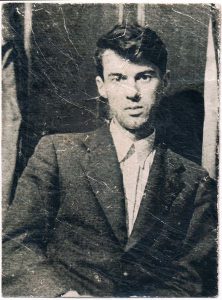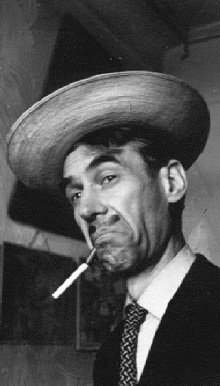
1912 - 1985
Pavel Zaltsman
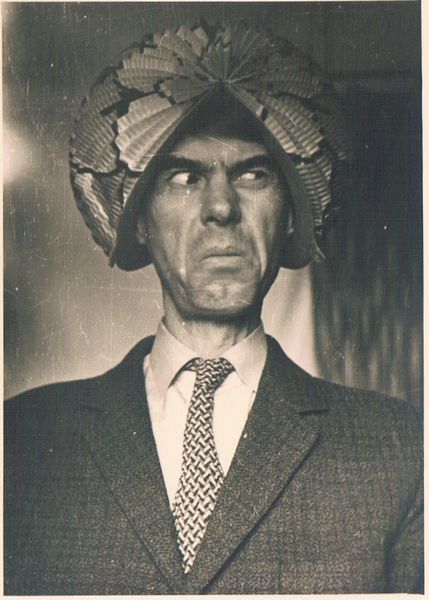
description
A Russian painter and graphic artist of German-Jewish origin, master of the monumental genre (in particular, the mosaic), film artist, art theorist, talented art history teacher, poet and writer.
Pavel Zaltsman can be hardly called a consistent successor of the ideas of analytical art, but as a student of P.N. Filonov he brought his ideas to the artistic environment of Kazakhstan, where he lived for more than 40 years and became an Honored Artist (1962).
According to specialists, Zaltsman was a paradoxical figure: having no formal art education, he became one of the most profound and virtuosic masters of the 20th century. Repeatedly standing on the verge of death, he almost miraculously survived and again turned to creative activity. Not being an illustrator, but possessing a “literary” type of thinking, he left a legacy that is considered impeccable material for illustration.
The phenomenon lies in the family education, inherited talents, and in communication with P. Filonov from the age of 17, who not only instilled taste in him and taught him to paint, but also taught to always be faithful to his vocation.
Steadfastly enduring the difficulties of survival in conditions of extreme poverty, hunger, besieged life, lack of housing, chronic lack of money, despite the certain recognition in the 1970s, the artist remained a thinker and philosopher.
Zaltsman’s works are in the collections of the Russian Museum, his graphics are presented in the permanent exhibition of the Tretyakov Gallery on Krymsky Val, the State Museum of Art of Kazakhstan, in many private collections.
Key ideas:
– Inheriting talent from his father, he tried his hand in various styles: created academic drawings, symbolic compositions, impressionist landscapes and self-portraits in the style of Russian cubism.
– Having met Filonov in 1929, he began to create carefully executed watercolours using pencils and mascara. He could not afford to use oil to paint because he lived in a small basement.
– There is no direct use of the formative methods of the theorist of analytical art P. Filonov in the mature paintings by P. Zaltsman. In general, he was less dependent on his teacher than others – his style is individual and cannot be confused with the manner of other students of Filonov.
– In the theory of P. Filonov, the most important thing for P. Zaltsman was the intellectuality of the artistic process. He kept the preparatory process in mind and did not create sketches, believing that every stroke on canvas or paper should lead to a completed painting. Filonov’s principle “from the particular to the whole” was also one of the main ones.
– Zaltsman as a painter was mostly interested in people: “Face looking like ivory” or the leg “fitting like a shell”.
– The main part of the post-war (Alma-Ata) creative legacy of the artist includes graphic works made with the finest strokes or strokes with a very thin brush or pen. The few works with graphite and coloured pencils are not easy to distinguish from easel paintings, so the colour is superimposed carefully. The few graphite and colourful paintings are not easy to differ from easel paintings, as the colour was superimposed carefully.
– Many sheets of graphics are correlated with literary images of Zaltsman himself and variations on the works of Gauf, Swift and Gogol. Master’s fantasies born in his absurd and often physically unbearable reality reflected the harsh paradox of his time.
1912
1925
1929
1935
1942
1948
1955
1962
1967
1970
1983
1985
Pavel Zaltsman was born
He arrived with his parents in Leningrad

The young artist met P. Filonov

Participated in the First Exhibition of Leningrad Artists at the State Russian Museum

Was engaged in camouflage work in besieged Leningrad

He was fired from the Kazakhfilm film studio
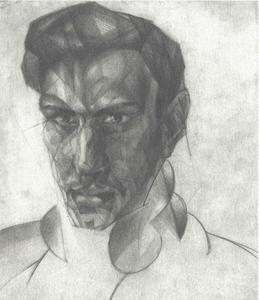
Took the position of the chief artist at the Kazakhfilm film studio
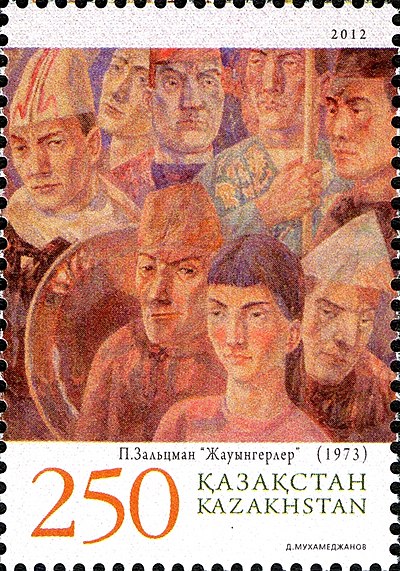
Received the title “Honored Worker of Arts of Kazakhstan”
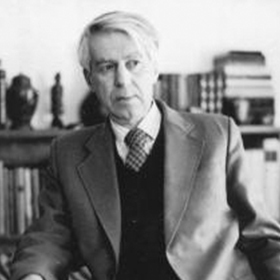
Was admitted to the Union of Artists
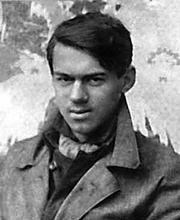
The solo exhibition was held at the Union of Architects of Kazakhstan
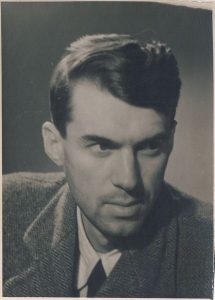
The last lifetime exhibition of Zaltsman
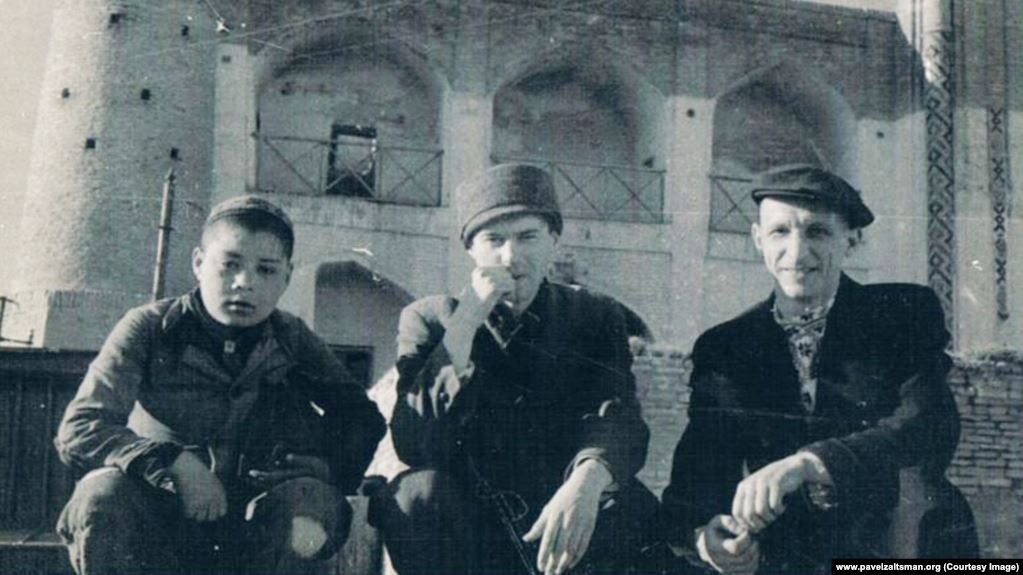
Pavel Zaltsman died
